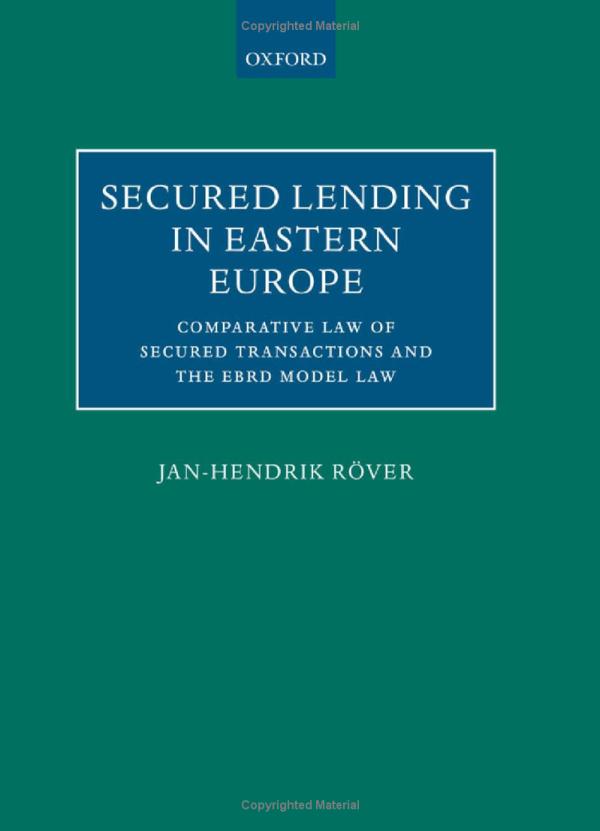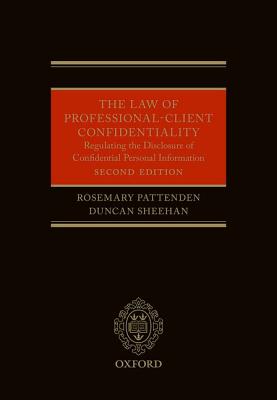Understanding Colorado Pet Deposit Law: A Comprehensive Guide for Renters and Landlords
#### Introduction to Colorado Pet Deposit LawThe Colorado pet deposit law is a crucial aspect of rental agreements for both landlords and tenants who have p……
#### Introduction to Colorado Pet Deposit Law
The Colorado pet deposit law is a crucial aspect of rental agreements for both landlords and tenants who have pets. As pet ownership continues to rise, understanding the legal framework surrounding pet deposits becomes essential for ensuring a harmonious living environment. This guide will delve into the specifics of the Colorado pet deposit law, including what it entails, the rights and responsibilities of both parties, and best practices for navigating pet deposits in rental situations.
#### What is a Pet Deposit?
A pet deposit is a sum of money that landlords may require from tenants who own pets. This deposit is intended to cover potential damages caused by the pet during the tenancy. In Colorado, the law allows landlords to charge a pet deposit, but there are specific regulations governing how much can be charged and how it must be handled.
#### Regulations Surrounding Pet Deposits in Colorado
Under Colorado law, there is no specific maximum amount that a landlord can charge for a pet deposit. However, it is common for landlords to charge a pet deposit equivalent to one month's rent. It’s essential for landlords to clearly outline the pet deposit terms in the lease agreement to avoid any misunderstandings.
Additionally, the Colorado pet deposit law mandates that landlords must return the pet deposit within 30 days after the tenant vacates the property, provided there are no damages beyond normal wear and tear. If deductions are made from the pet deposit for damages, landlords must provide an itemized list of the deductions.

#### Tenant Rights and Responsibilities
Tenants in Colorado have the right to understand the terms of the pet deposit before signing a lease. It is advisable for tenants to ask for a written agreement that details the amount of the pet deposit, the conditions for its return, and any specific rules regarding pet ownership on the property.
Tenants are also responsible for ensuring that their pets do not cause damage to the rental property. This includes keeping the property clean and addressing any issues that arise from having a pet, such as odor or noise complaints from neighbors.
#### Landlord Rights and Responsibilities
Landlords have the right to set reasonable rules regarding pets on their property. They can specify which types of pets are allowed, the number of pets permitted, and any additional fees that may be associated with pet ownership. It is crucial for landlords to communicate these rules clearly in the lease agreement.

Furthermore, landlords are responsible for conducting a thorough inspection of the property after a tenant moves out. This ensures that any damages caused by the pet can be accurately assessed and that the tenant receives a fair return of their pet deposit, minus any legitimate deductions.
#### Best Practices for Handling Pet Deposits
For both landlords and tenants, clear communication is key when it comes to pet deposits. Here are some best practices to consider:
1. **Written Agreements**: Always have a written lease that outlines the pet deposit terms, including the amount, conditions for return, and any pet-related rules.
2. **Documentation**: Tenants should document their pet’s behavior and any existing damages before moving in. Similarly, landlords should take photos of the property before a tenant moves in to establish a baseline condition.

3. **Regular Inspections**: Landlords should conduct regular inspections of the property to ensure that pets are not causing damage. This can help address issues before they become significant problems.
4. **Open Communication**: Both parties should maintain open lines of communication regarding any pet-related concerns. This can help prevent disputes and foster a positive landlord-tenant relationship.
#### Conclusion
Navigating the Colorado pet deposit law requires understanding the rights and responsibilities of both landlords and tenants. By following the regulations and best practices outlined in this guide, both parties can ensure a smooth and fair rental experience while accommodating the needs of pet owners. Whether you are a landlord considering allowing pets on your property or a tenant looking to rent with your furry friend, being informed about the Colorado pet deposit law is essential for a successful rental relationship.